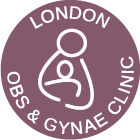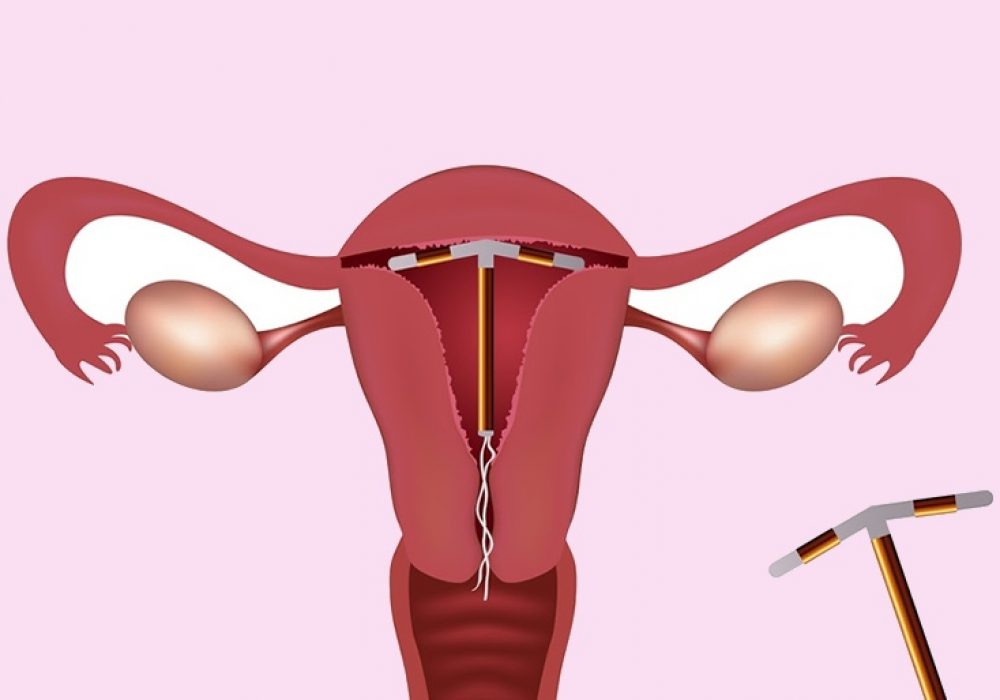May increase cramps and menstrual bleeding.
Increased risk of benign (noncancerous) ovarian cysts. These tend to resolve on their own.
Side effects such as mood swings, acne, headaches, and tenderness in the breasts. These side effects tend to disappear after 3-4 months.
No protection against STIs.
Spotting. Some patients may experience light spotting between their periods.
Expulsion from the uterus. In 2-10% of cases, the IUD may be spontaneously expelled from the uterus during the first year. It’s more common in the early months after insertion, if the woman has never been pregnant, or if the IUD was inserted immediately after giving birth. The IUD can be re-inserted, but another form of contraception must be used in the meantime.
Uterine perforation. In one out of 1,000 patients, the device may perforate (puncture) the uterine wall. This is a serious complication and will require immediate medical intervention.

